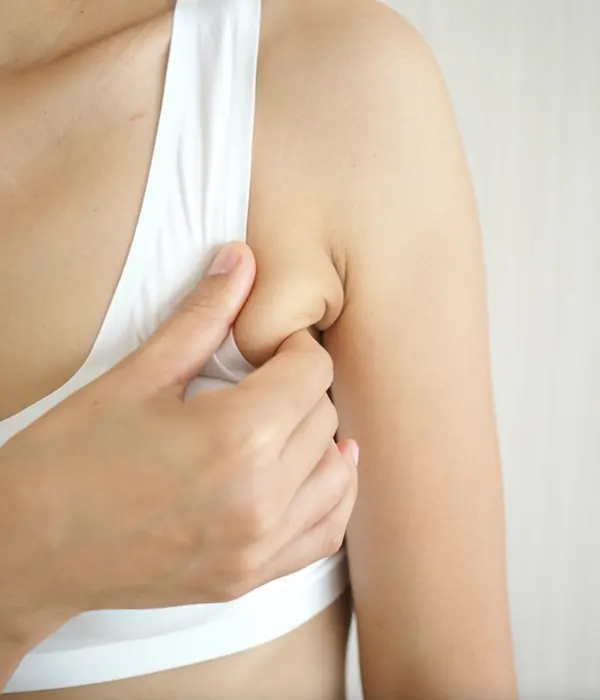Axillary Fat Pad
Understanding and Treatment

The axillary fat pad, often referred to as "armpit fat" or "bra bulge," is an area of excess fatty tissue located in the underarm region.
It can be a source of aesthetic concern for some individuals, even for those with a healthy weight or fitness level.
What Causes Axillary Fat Pads?
Genetics
Natural fat distribution patterns can lead to excess fat in the armpit area.
Weight Fluctuations
Weight gain may accumulate in this region for some people.
Hormonal Changes
Hormones can influence fat storage, especially in women during pregnancy, menopause, or other life stages.
Lax Skin
Aging or significant weight loss can result in skin laxity, contributing to the appearance of axillary fullness.
Accessory Breast Tissue
Sometimes, axillary fat pads are actually accessory breast tissue, a condition where breast tissue develops outside the normal breast area.
Treatment Options
Non-Surgical Methods
Exercise and Weight Management
Focus on exercises that target the upper body, such as:
- Push-ups, planks, and dumbbell to tone chest and arm muscles.
- Cardio to promote overall fat loss.
However, spot reduction isn’t always effective, as genetics play a major role.
Body Contouring Devices
- Non-invasive treatments like CoolSculpting (cryolipolysis) or laser lipolysis can reduce localized fat deposits.
- Multiple sessions may be required, and results take weeks to months to show.
Surgical Methods
For more significant or stubborn axillary fat, surgical options may be considered:
Liposuction
- Removes fat through a small incision using a suction device.
- Minimally invasive, with a recovery time of 1-2 weeks.
- Suitable for addressing both fat and mild skin laxity.
Excision Surgery
- For individuals with prominent axillary fat pads caused by accessory breast tissue or significant sagging.
- Involves surgically removing excess fat or tissue, possibly combined with skin tightening.
- Performed under local or general anesthesia.
Combination Procedures
- Liposuction with skin tightening may be recommended for optimal contouring.
Recovery and Results
The type of lift depends on the degree of sagging and individual goals:


